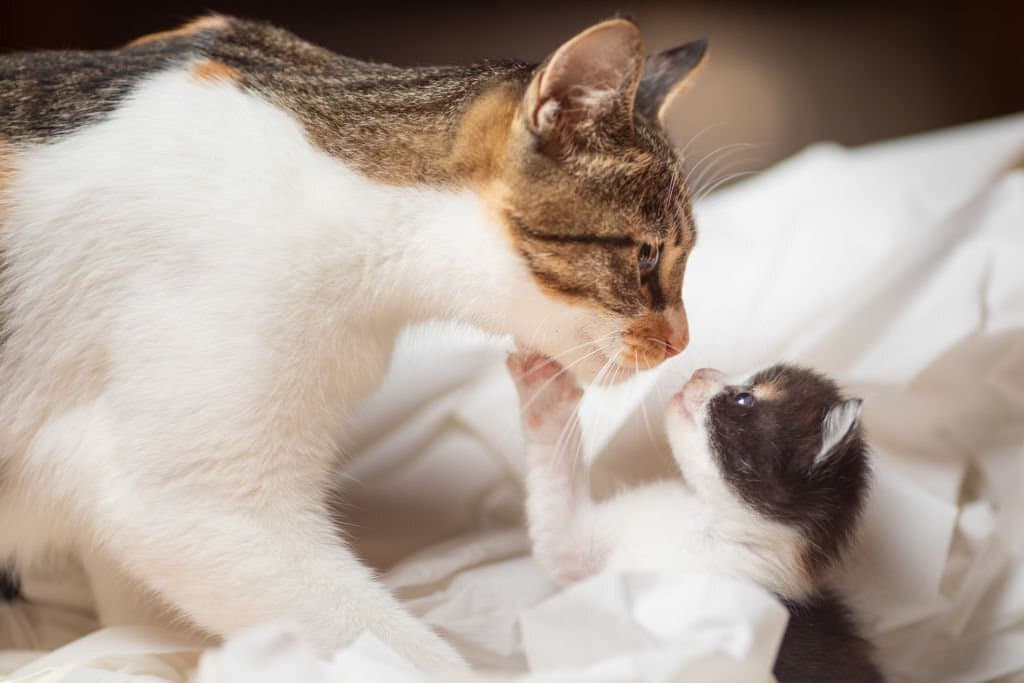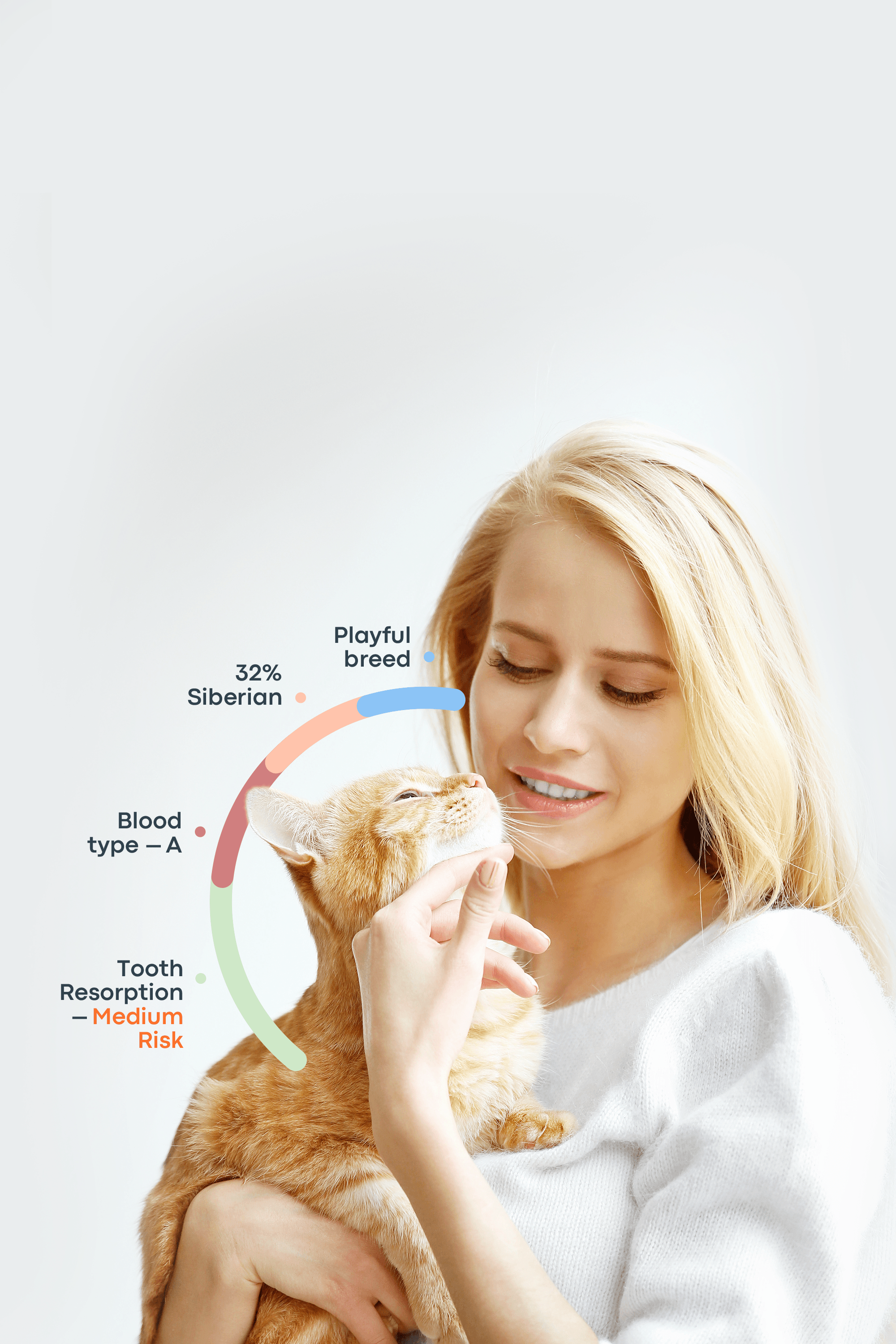
Cat Needs


Introducing a new kitten to a household that already has an older cat can be a confusing and potentially stressful process for all involved. It is not uncommon for the transition period to take a few days, during which the older cat may react in unexpected ways. To prepare for this process, it is important to be aware that there may be some initial conflict between the two cats before they eventually become friends.

Cats talk to each other in many different ways, including through body language, sounds, and even smells that humans can't notice. Despite all the talking, cats are still a mystery because they seem so independent.
But it's not hard to figure out several basic things about a cat's mood by looking at how her tail is positioned. Once you know what your cat is thinking, you can really improve your connection with her. This article will examine what the cat tail signals tell you and how you may respond to them.

Cats are mysterious creatures and often can seem to want to keep us guessing. One of their many mysteries is the question, why do cats have tails? It is widely known that cats have tails, and not all animals do. It's even harder to comprehend how they are unique to cats and their purpose in a cat's life.

